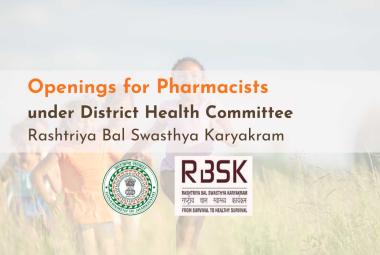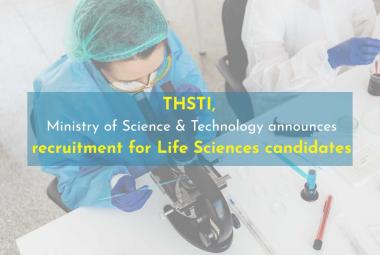Effects of Muscarinic antagonist: (atropine)
Effect on eye:
MRA inhibits cholinergic neurons of eye mainly which innervated in to the papillary muscles of iris & ciliary muscles of lens.
Due to relaxation of iris, the size of pupil increased and leads to photophobia. It also causes inability to near vision, so blurring of the image occurs.
Also due to relaxation of ciliary muscle, the veins are dilated and increased intra ocular pressure. Though it is not important in normal individual but very dangerous in patient suffering from narrow angle glaucoma.
Thus, it causes mydriasis and cycloplegia.
Effect on GIT:
They have effect on motility of GIT and little bit on the secretion of GIT. Thus, used as antispasmodic or antipeptic ulcer drugs. But action of atropine is replaced by H2-receptor antagonist and proton pump inhibitors.
This is because, for motility of gut, neurotransmitter other than Ach like 5-HT, dopamine etc. are also involved in myenteric plexus. Atropine and other MRA do not affect noncholinergic intramural neurons. So, the effect of gastrin is not affected by MRA. So, they have very little effect on gastric secretion.
Effect on salivation and perspiration:
Salivation is mediated by M3 receptors and MRA have inhibitory action on it which causes decrease in salivation and causes difficulty in swallowing.
Atropine or scopolamine causes decrease in perspiration. So, it causes dryness of skin and also responsible for increasing in body temperature, depend upon the temperature of environment and dose of antagonist. It also stimulate temperature regulatory centre and increase temperature of body.
Effect on CNS:
It is stimulate CNS as a result of stimulation of medulla and higher cerebral centers.
At low doses of atropine, causes slight restlessness; and at high or toxic doses it causes restlessness, agitation, hallucination.
In atropine poisoning marked excitation and agitation leads to hyper activity and increased in body temperature by lose of sweating.
Scopolamine in therapeutic doses causes CNS depression characterized by amnesia, fatigue and reduction in REM (Rapid Eye Movement) sleep.
Hyoscine has anti-emetic activity, so used in motion sickness.
Also used as anti-parkinsonian drug. In Parkinsonism, there is imbalance between Ach & dopamine occurs. In it there is increase level of Ach or degeneration of dopaminergic pathway (nigro-straital pathway). Thus, in Parkinsonism there is decrease level of dopamine. For, balancing the neurotransmitters, one treatment is considered that decrease level of Ach or decrease activity of Ach by MRA.
Effect on heart:
Atropine acts on the M2-receptors of the heart and antagonized the activity of Ach. It causes tachycardia by blocking vagal effects on the SA node. Ach hyperpolarize the SA node which is over come by MRA and increase the heart rate.
If atropine is given by intra muscular or sub cutaneous, it causes initial bradycardia. This is because; by i.m/s.c it acts on presynaptic M1-raceptors (auto receptors). So. The intake of Ach in axoplasm is prevented. Due to it, presynaptic nerve releases more Ach in to synapse which causes bradycardia, initially.
At AV node, RP is abbreviated which facilitates conduction and also due to shortened PR-interval of ECG.
It have alternative effect on BP. Due to tachycardia and stimulation of vasomotor centre causes increase in BP. But due to feed back regulation of VMC there is fall in BP due to vasodilation.
Effect on smooth muscle:
It relaxes all the smooth muscles of the body as it antagonized effect of Ach.
It is useful in asthmatic patient by causing bronchodilation (not directly). It acts through release of other mediators like histamine, eicosanoids, bradykinin etc. But it reduces mucus secretion in respiratory tract and leads to other airway diseases.
It relaxes urinary bladder and decrease repeated urination.









